ATHENS (AP) – It soars over the borders and divisions of the war-torn Middle East, bringing Arab and Israeli academics together.
An unlikely symbol of cooperation, the barn owl is now getting global attention.
Experts from 12 countries gathered in Greece last week to discuss an effort to help this remarkable predator that began decades ago as an unlikely Israeli-Jordanian collaboration.
The moon-faced, shoebox-sized owl is a ruthless pest controller, protecting crops from rodents and other nuisances.
“A pair of barn owls eats between 2,000 and 6,000 rodents every year, allowing farmers to stop using pesticides,” said professor emeritus at Tel Aviv University’s School of Zoology Yossi Leshem.
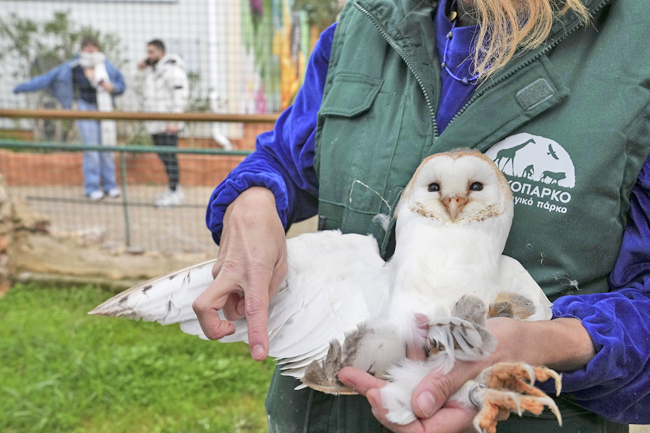
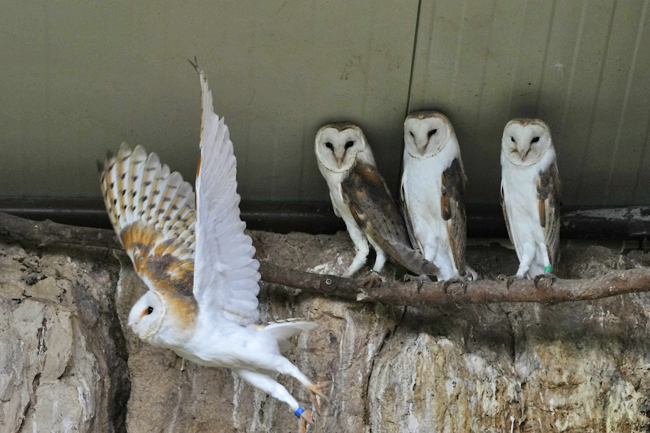
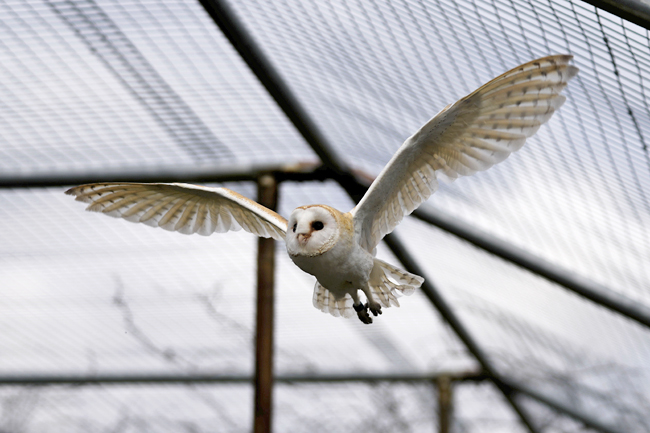
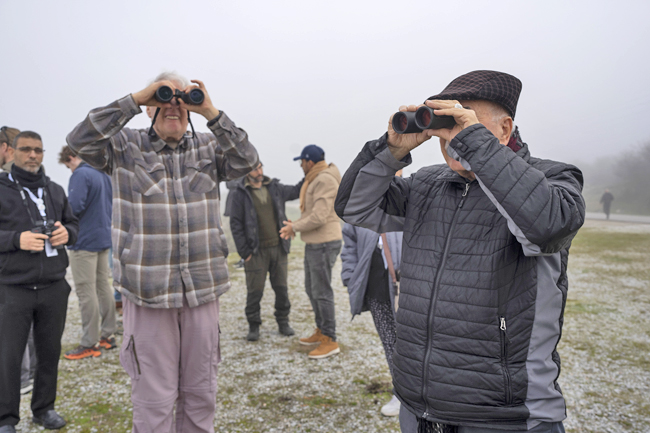
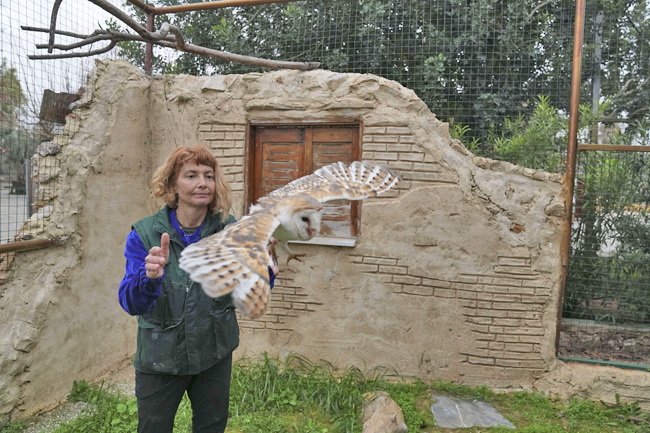
But as modern building techniques eliminate the nooks and crannies that shelter their nests, their populations have fallen.
Conservation initiatives aim to protect the barn owl from urban encroachment by creating networks of artificial nests, typically modified plywood boxes, and by cutting down on the use of pesticides and rodenticides that can poison predatory birds.
Leshem pioneered the nesting project in the early 1980s on a community farm.
“From 14 nesting boxes in one kibbutz, it grew into a national project with 5,000 boxes in Israel and partnerships in Jordan, Palestine, Cyprus and Morocco,” he said.
In 2002, Leshem partnered with retired Gen Mansour Abu Rashid, to bring the boxes to Jordan.
Abu Rashid helped extend the project’s tracking system to Jordan, using lightweight radio transmitters to monitor the birds.
“Barn owls know no boundaries; they fly between Jordan, Palestine, and Israel,” said Leshem. “They symbolise cooperation.”
It’s a critical region for bird conservation of all kinds, sitting at the junction of long-distance migration routes.
Arab and Israeli scientists have kept their collaboration going during periods of tension and war, including the ongoing conflict in Gaza. When necessary, they switch to online meetings and talks at international conferences.
According to conference officials, the main impact of the war on the owl programme recorded so far is the large amount of land destroyed in Lebanon, burning nesting areas and boxes in areas near the Israeli border.
“We never stop; we just keep going,” Leshem said. “That’s why this project is successful.”
Another challenge was overcoming the region’s long-standing superstitions about owls.
In the region, the birds are often regarded as harbingers of bad luck. One theory is that they were often attracted to the light from homes during nighttime vigils for the dying.
In Jordan, imams were enlisted in rural areas to counter the superstition, Abu Rashid said.
“We started awareness programmes in schools and universities, engaging local communities. We involved women’s associations because they influence families and communities,” he said. “Children coloured in pictures of barn owls.”
Like Leshem, Abu Rashid said science offers unique opportunities for fostering collaboration, even among adversaries.
A former director of Jordanian military intelligence and a senior negotiator in the Jordan-Israel peace accords in the mid-1990s, the retired general has devoted his post-military life to peace initiatives. “I changed my life after leaving the army, and we’re still working to bring people together from across the Middle East,” he said. “I hope we will succeed.”
He and Leshem, now both in their late 70s, have presented the barn owl initiative to global leaders, including the late United States president Jimmy Carter and former German chancellor Angela Merkel.
Swiss scientist Alexandre Roulin said that barn owl nesting projects are gaining traction in Europe, helping populations recover after nesting sites in traditional barns and farm attics disappeared. “This bird is widespread worldwide. The model we’ve implemented can be replicated in many other countries, including the United States and Asia,” said Roulin, a professor at the University of Lausanne.
“It’s a nocturnal bird surrounded by mystery and superstition, but it’s fascinating,” he added.
“They’re one of the only nocturnal predators that are white. Why white? Research suggests their white feathers reflect moonlight, creating a ghostly appearance that startles prey.”
Barn owls also have near surround vision, swiveling their heads up to 270 degrees, far beyond a human’s 170 degrees. Their eerie screeches, unlike the gentler hoots of other owls, adds to their reputation as formidable predators. – Derek Gatopoulos







